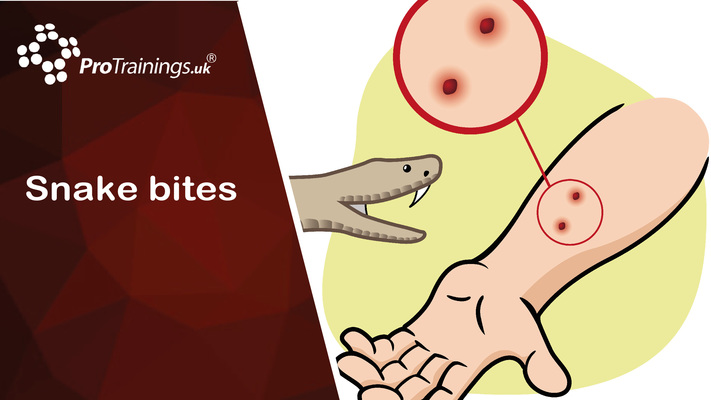First Aid Responder Level 3 (VTQ) Training Videos
(188 Ratings)
This comprehensive online course serves as the first step toward becoming a certified First Aid Responder. To achieve full qualification, participants must also complete an additional hands-on classroom session, where they will gain practical experience and essential skills under expert guidance.
Introduction Level 3 First Responder
Initial Patient Care
The Airway
Breathing
Circulation
Disability
Exposure/Environment
Basic Life Support and Defibillation
Medical Gasses
Medical Emergencies - Injuries and accidents
Medical Emergencies - Illness
Trauma
Summary and Practical Module
Course Details
Video Playtime
11 hours and 43 minutes
Captions
English
Instructor
Keith Sleightholm
Audio
English
First Aid Responder Level 3 (VTQ) at a Glance
- Includes the latest CPR and Coronavirus recommendations
- Ideal for those who want a higher level of first aid training without completing the regulated FROS and FPOS courses
- Cut the time in the classroom down on your ProTrainings First Responder Level 3 course by completing this video online course
- Makes the classroom part more fun with more practical training or just complete the online course
- Includes loads of supporting documents and links to support your training and get you prepared for the classroom session
- Includes all the portfolio and mapping paperwork to complete your course
- Breaks your First Responder Level 3 course into more manageable sessions
Ready to get started?
First Aid Responder Level 3 (VTQ)
11 hours and 43 minutes
English
£24.95 + VAT









BCDE-01.jpg)






































































































































































































